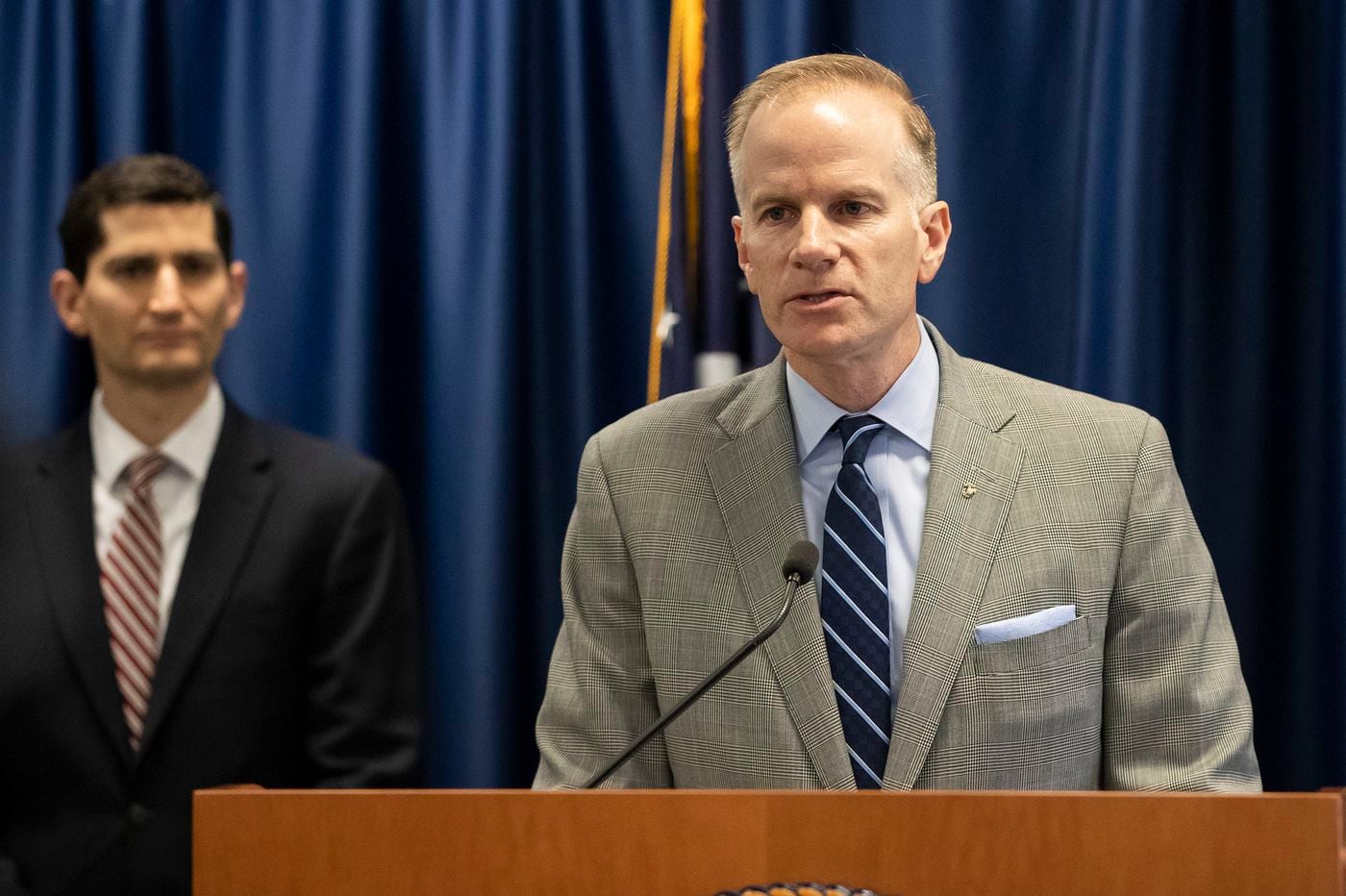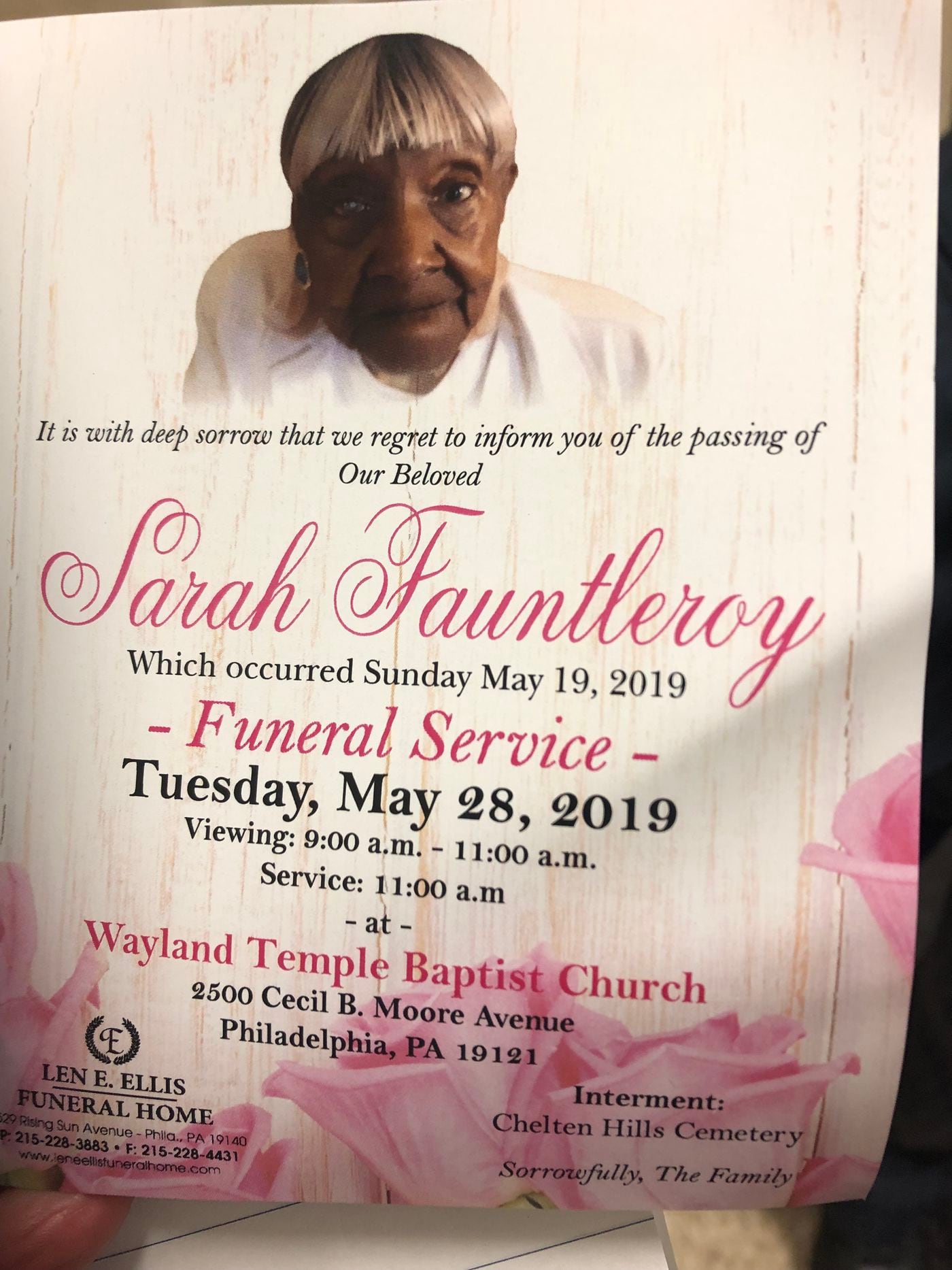“It’s a classic tale of human greed. Their entire business model is predicated on not making payroll.”
— Tia Koonse
legal and policy research manager at the UCLA Labor Center
legal and policy research manager at the UCLA Labor Center
By Jennifer Gollan
She
alights from a black Ferrari convertible, her Christian Louboutin
stilettos glinting in the sunlight. The lid of her black lacquer grand
piano is propped open in the living room of her plush Beverly Hills home
on the aptly named Clear View Drive, overlooking a stunning panorama.
“I
own a chain of elderly care facilities,” she says into the camera on
Bravo’s reality television show “The Millionaire Matchmaker.”
“My net worth is $3 to $4 million, probably.”
Stephanie Costa was 30 and rich by most standards yet believed it was time to fetch a man of means.
“You
don’t want to date down,” the show’s host says to her. “You want to
date 200 grand and above who treats you like a princess.”
Costa nods. “Before I know it, I’m alone in the nursing home … in my own nursing home.”
Costa’s
lifestyle was supported in part by six board-and-care homes she owned
in California’s Central Valley that now operate under the names Clear
View Retirement Group and Copper River Retirement Group.
About
half of Costa’s net worth was threatened when she and her company
initially were cited for about $1.6 million for labor violations,
including wage theft – not paying 11 employees for working much of 24
hours a day, six days a week. They later would settle for pennies on the
dollar.
Costa, who declined
to be interviewed for this story, is a rare public face of a burgeoning
multibillion-dollar elder care industry that is enabling operators to
become wealthy by treating workers as indentured servants. Across the
country, legions of these caregivers earn a pittance to tend to the
elderly in residential houses refurbished as care facilities, according
to an investigation by Reveal from The Center for Investigative
Reporting.
 |
| A home owned by Stephanie Costa in Beverly Hills, Calif. CREDIT: Rachel de Leon/Reveal |
Reveal
interviewed more than 80 workers, care-home operators and government
regulators and reviewed hundreds of wage theft cases handled by
California and federal labor regulators, workers and local district
attorneys. The investigation found rampant wage theft has pushed a vast
majority of these caregivers into poverty.
Workers
are left feeling desperate and trapped. Many caregivers say they rise
before daybreak to cook meals, shower residents and scrub toilets. At
night, they are deprived of sufficient sleep because they have to wake
to change adult diapers, dispense painkillers, return wandering dementia
residents to their beds and shift the bedridden every two hours to
thwart bedsores.
Workers describe sleeping in hallways and garages, on couches and the floor. Some care homes deduct $25 a day from caregivers’ paychecks for “lodging.”
Exploited
caregivers rarely are allowed a day off; even then, they often must pay
their substitutes. Two caregivers recounted having miscarriages after
their bosses refused to allow them time off or to stop lifting heavy
residents.
Because these
workers often live where they work, they are under the watchful eye of
their bosses. They are bullied into not cooperating with investigators.
In some cases, care-home operators have threatened to report
undocumented workers to authorities.
Human
trafficking – in which workers, particularly Filipinos, are coerced,
manipulated and exploited – also is not uncommon, according to
prosecutors and attorneys. For example, several family members were
charged last year with human trafficking and labor abuse in a case
involving caregivers in San Mateo County, California, south of San
Francisco.
“It’s
a classic tale of human greed,” said Tia Koonse, legal and policy
research manager at the UCLA Labor Center. “Their entire business model
is predicated on not making payroll. It relies on people being willing
to work for 24 hours a day for less than a dollar an hour. Only
trafficked people will put up with that.” (Click to continue)
***
Full Article & Source:
Caregivers and takers



















